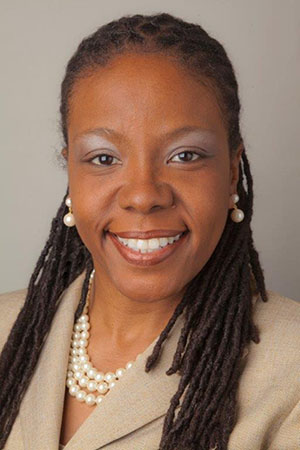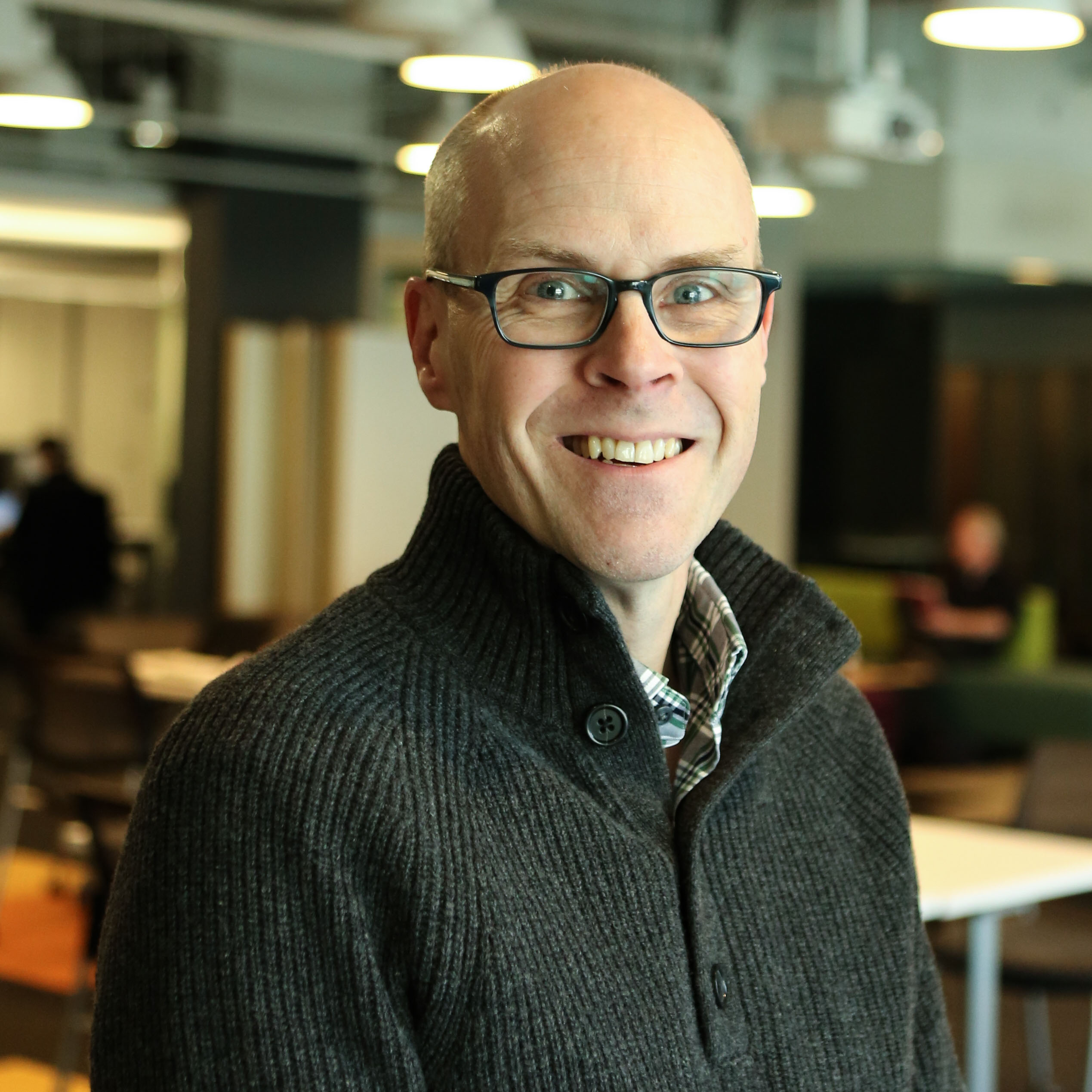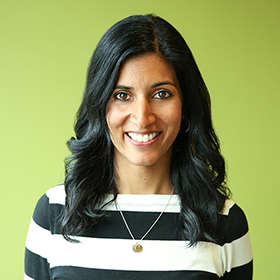In 2009, Stan Jones, a longtime education advocate and Indiana’s Commissioner for Higher Education, founded Complete College America (CCA) with the goal of helping get “more students into more colleges to earn more degrees.” That vision continues today, even as the organization itself continually evolves to meet the needs of a changing world.

That dedication to continuous improvement has been a hallmark of current President Yolanda Watson Spiva’s tenure at the organization, which has seen financial insecurity, a pandemic, dramatic political shifts, and a heightened national awareness of equity issues all push CCA to develop new strategies and tactics to deliver on its mission. And Spiva didn’t arrive expecting a completely smooth road. Her due diligence about CCA in the early interview stages had shown her that there would be bumps, including funding questions and a lack of strategic clarity following Jones’ 2017 death.
Undeterred, “because I like these kinds of challenges,” and because she believed in the organization’s core mission, Spiva accepted the opportunity to lead CCA in October, 2018, and immediately set to work.
Who are we?
“I came in and I said, ‘There's no strategic plan, fine. We've got to do one.’ So we began the process of developing the strategic plan, doing the environmental scan, interviewing board members, funders, partners, etc.” During that process, “the one consistent piece of feedback that we got was, ‘we have no idea who CCA is today.’” Stan Jones had passed away the prior year, and in his absence, the organization had lost the clarity of purpose he had provided. As a result, funding had waned because, Spiva says, “No one's going to invest in something that's ambiguous.”
To counter that ambiguity, Spiva worked with the board and staff to establish a vision of CCA as an intermediary organization with a balance of “policy, perspective, and practice.” That focus helped them re-center the organization on its goals, continue to provide critical technical assistance, and made it easier to communicate the strategy to members, potential participants, and funders. The decision to become an intermediary quickly proved valuable when CCA applied for and received an “Intermediaries for Scale” grant from the Bill & Melinda Gates Foundation in 2019, helping to put the organization on a firmer footing.
At the same time, while the organization’s central Alliance of participating states and organizations was still intact, some members’ interest seemed to be fading. To Spiva, however, the Alliance was CCA’s core asset, so she focused on strengthening it.
“Just like if you have a house and you know that's your biggest asset, you don't let it get dilapidated,” she says. “You want to make sure that it stays strong. So we needed to tend to that asset.” Doing so, she felt would take two efforts: hiring people who would be fully focused on keeping the Alliance strong and at the same time making sure everyone in the organization was clear on its identity.
What do we need to advance our mission?
Prior to Spiva’s arrival, CCA staff largely consisted of communications and policy experts—not people with on-campus experience. Spiva, however, filled empty roles with people experienced in student services, academic affairs, and other on-campus college leadership roles. They still had policy experts—one of CCA’s primary tools for change is promoting policy—but they now had people who truly understood needs at the level of campus-based policy as well.
Another key for those new hires was that CCA sought people with experience around issues of equity. College completion rates in the United States have eternally faced a gap between BIPOC/Latinx and other students[1], so Spiva wanted to be sure that new employees understood and could articulate the differential needs of these groups. She wanted people with experience finding solutions to help mitigate the gaps. At the same time, CCA expanded its board in order to make it more diverse, in terms of experience, geographic location, gender, race, and ethnicity.
And then the pandemic arrived.
How do we stay focused?
Like other organizations, CCA needed to answer many questions as the impact of COVID-19 became clear. But Spiva says the financial and other challenges the organization had faced in her early days as president combined with the renewed clarity of mission and a desire to continuously improve helped them make progress rather than just tread water.
Despite all the uncertainty in the world, Spiva retained focus on the organization’s mission and people. That meant keeping the staff engaged and growing despite the situation, and their newfound strategic clarity helped. “Any programs that we did [during the pandemic], we tied to their personal development goals, their professional development goals, or the strategic plan,” she says. That focus guided the team as it constantly tried to identify if CCA’s activities were the right ones both for the moment and the future.
CCA’s executive team even chose to use time during the pandemic to further clarify its goals. In early 2020, they participated in Bridgespan’s Achieving Strategic Clarity program to develop an intended impact/theory of change (II/TOC) statement—providing a laser-focused “one pager” version of the organization’s strategy for impact. Often, she says, people in the nonprofit sector lead with their hearts and know what they believe and where their passion lies, but they still need a way to speak clearly about what their organization believes. And the program provided that framework through the II/TOC process.
And that II/TOC has become a critical tool for CCA, Spiva says. “It allows us to do constant evaluation,” she notes. “It's a talking point for us when we're evaluating what we're going to do.” So when discussing an idea, “someone will say, ‘wait a minute, that doesn't align with our theory of change, so why are we talking about this?’ or ‘do we need to update our theory of change to now include this?’”
“The II/TOC is our North Star,” Spiva says. ”It keeps the big, hairy, audacious goal front and center, but it also shows us what we will do, what we won't do, what we can't do, what we will accept, what we won't accept.” And clear guidelines like those can only help CCA—or any organization—take its mission far into the future.
Notes
[1] The Almanac of Higher Education 2021, The Chronicle of Higher Education, August 20, 2021.



